Toilets have a higher moisture content than most other areas of the home. As a result, they tend to attract species of mold that are hydrophilic in nature.
Black mold in a toilet is caused by the readily available moisture content (water in the tank and bowl) and prevalence of a nutrient source (hard water/limescale). These areas also tend to be dark as the tank is covered and the toilet seat is closed when not in use. Conditions can also worsen for toilets that aren’t actively used and have stagnant water.
Hydrophilic mold species require a high water content in order to germinate and toilets have ample water content. While not all black molds are tertiary colonizers, the presence of stachybotrys or “black mold” is an indication of a serious problem with your toilet.
What Is Black Mold
The term “black mold” or “toxic black mold” is directly associated with the mold species Stachybotrys Chartarum. However, many species of mold can take on a black color.
Stachybotrys Chartarum is hydrophilic. Meaning, it requires a very high moisture content in order to germinate. Ideal conditions for growth include high moisture content, low concentrations of nitrogen, low competition from other fungi, as well as a readily available nutrient source and a lack of light.
Black mold is a type of fungi that has a dark green or black appearance. Like other mold species black molds also tend to have distinct texture and profiles – some may look flat while others may be hairy or have a bumpy appearance to them.
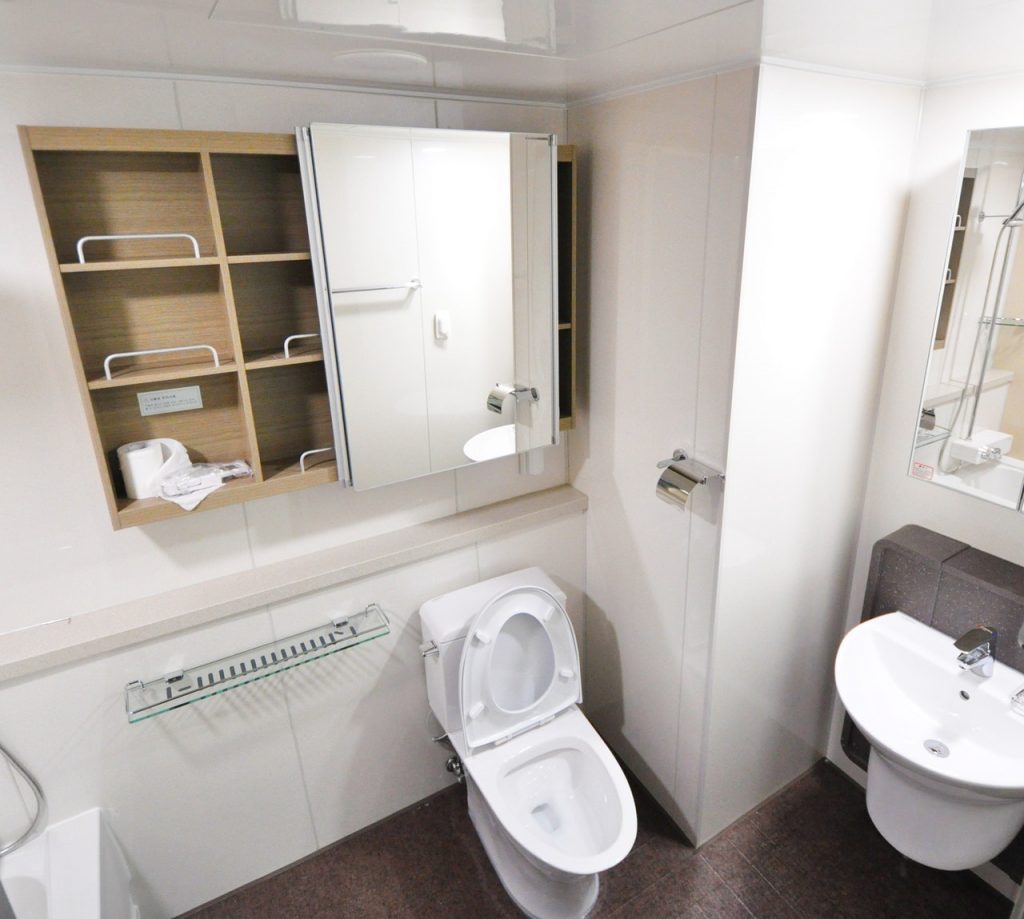
It’s important to note that a black pigmentation does not make a specific species of mold more toxic than another.
Most Common Mold Species that Grow in Toilets
Many mold species have a likeness for growing in toilets. This is because mold requires moisture content in order to germinate. Toilets inherently have water in them in order to properly function.
Aspergillus
Aspergillus is the most common type of household mold. It is commonly found in areas of excess moisture like toilets.
This mold takes on many colors but often grows as a greenish gray with a powdery texture. Its black colonies are commonly confused with Stachybotrys.
Healthy individuals may experience symptoms from Aspergillus exposure. However, with prolonged exposure and a weak immune system, this type of mold is associated with several respiratory related issues.
Cladosporium
Usually found in toilets and other damp areas inside or outside the home, Cladosporium are among the most common types mold, however most species of Cladosporium considered to be non-toxic.
Even so, prolonged and heavy exposure to this type of black mold can trigger an increase in allergy symptoms as well as asthma attacks.
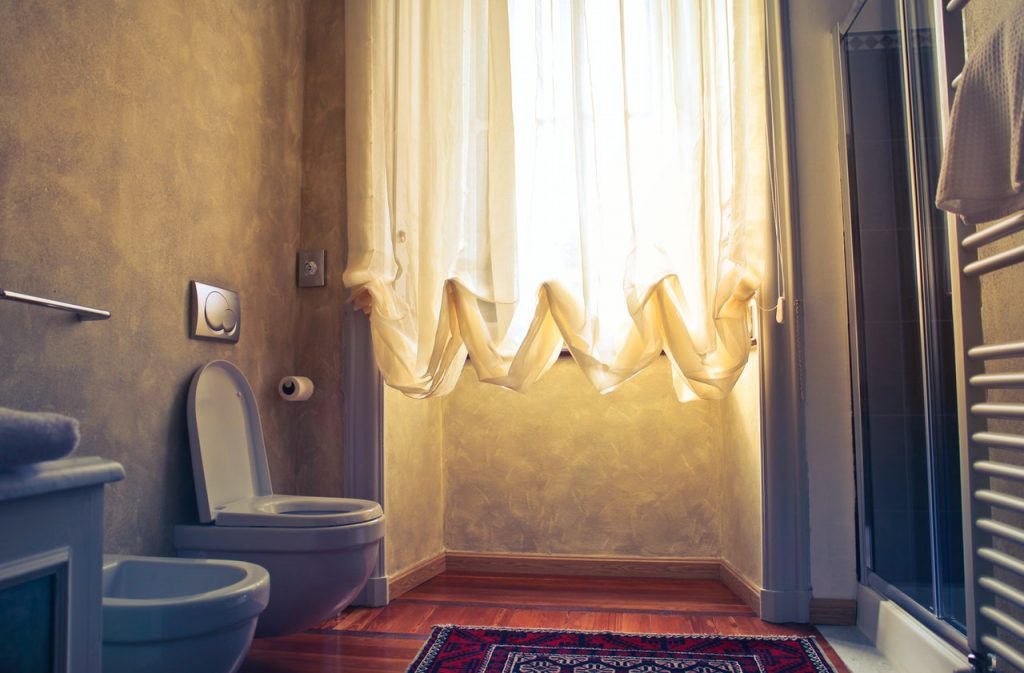
Penicillium
Penicillium is ubiquitous and can be found both indoors and outdoors. Presence of penicillium is a strong indicator of moisture issues indoors. This type of mold appears in a range of colors, including blue-green, white, pink, and yellow, with a hairy or powdery texture. They can proliferate easily and release a distinct musty odor.
While some species of Penicillium are beneficial to humans, such as the ones used in Penicillin and blue cheese, some species are known to trigger allergic reactions and respiratory problems.
Stachybotrys chartarum aka ‘Black Mold’
Stachybotrys chartarum also referred to “black mold” or “toxic black mold” can develop when there is excess moisture and a temperature conducive for its growth. It is only natural for toilets to be among the familiar places where this type of mold can be found.
This type of mold is noted for its slimy black appearance and dark-greenish to black hues. These can usually be found in usually overlooked and under maintained air vents. Delve deeper into the usual signs of black mold in air vents with this comprehensive guide.
When inhaled or ingested, the mycotoxins produced by toxic black mold are known to cause adverse health effects to humans, including breathing problems, severe itching, fatigue, and impaired concentration levels.
What Causes Toilet Mold?
Toilets are particularly susceptible to mold infestations as there are many ways and places for moisture to accumulate in and on them.
Moreover, except during the act of flushing, both the toilet bowl and toilet tank are partly full of water at all times. It also doesn’t help that these areas are considered low light, particularly when the lid is closed. The water level is also at room temperature.
These factors engender the ideal conditions for mold spore germination.
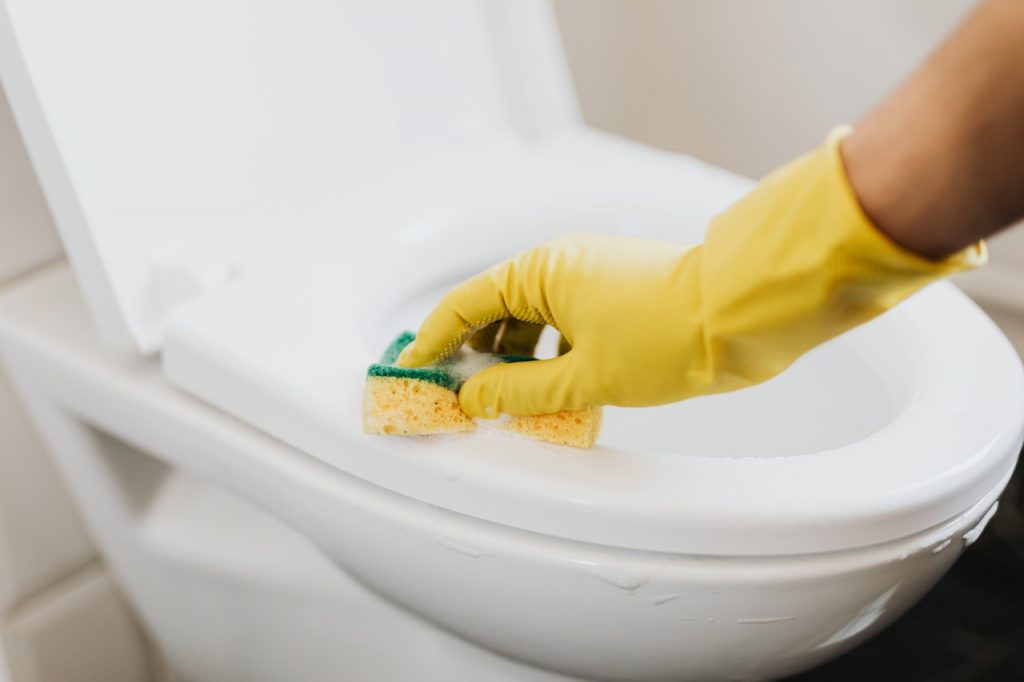
Not Flushing Properly
Not flushing the toilet is one of the leading causes of black mold infestation. Urine and total dissolved solids (TDS) in the water provide mold with a nutrient source to metabolize.
Stagnant Water
Toilet bowls with stagnant water are attractive to molds and the presence of waste material and TDS catalyze it’s growth.
Leaks
You should fix leakages around the toilet seat promptly, as well as the flush if it is not working properly. It’s also a good idea to get a high-quality exhaust fan installed inside your bathroom to ventilate moisture effectively.
Organic Materials and Other Sources of Moisture
Avoid placing houseplants and damp rugs near the toilet seat as they can encourage mold growth. Otherwise, if you feel that rugs are a necessity in your bathroom, make sure you wash them regularly and dry them completely.
Black Mold in a Toilet and Diabetes
Diabetes is a chronic disease that impairs the body’s ability to process blood glucose, known as blood sugar. Doug Kaufmann notes that mold growth in toilets may be linked to diabetes.
Black molds are found to be more readily formed in toilet bowls of individuals who have diabetes. A simple explanation for this phenomenon is that molds tend to thrive in conditions that have exposure to sugar, with glucose-rich urine deposits serving as a nutrient source for mold spores.
It’s worth noting, though, that black mold does not cause nor exacerbate diabetes, instead, it is the other way around.

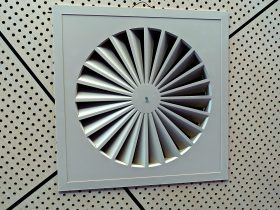
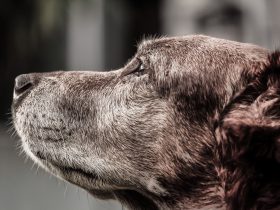
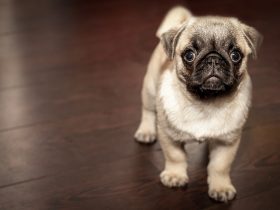

Hi, I'm Dom
Dom Eats was started to help other people fall in love with food. While cooking can feel intimidating, it doesn't have to be.